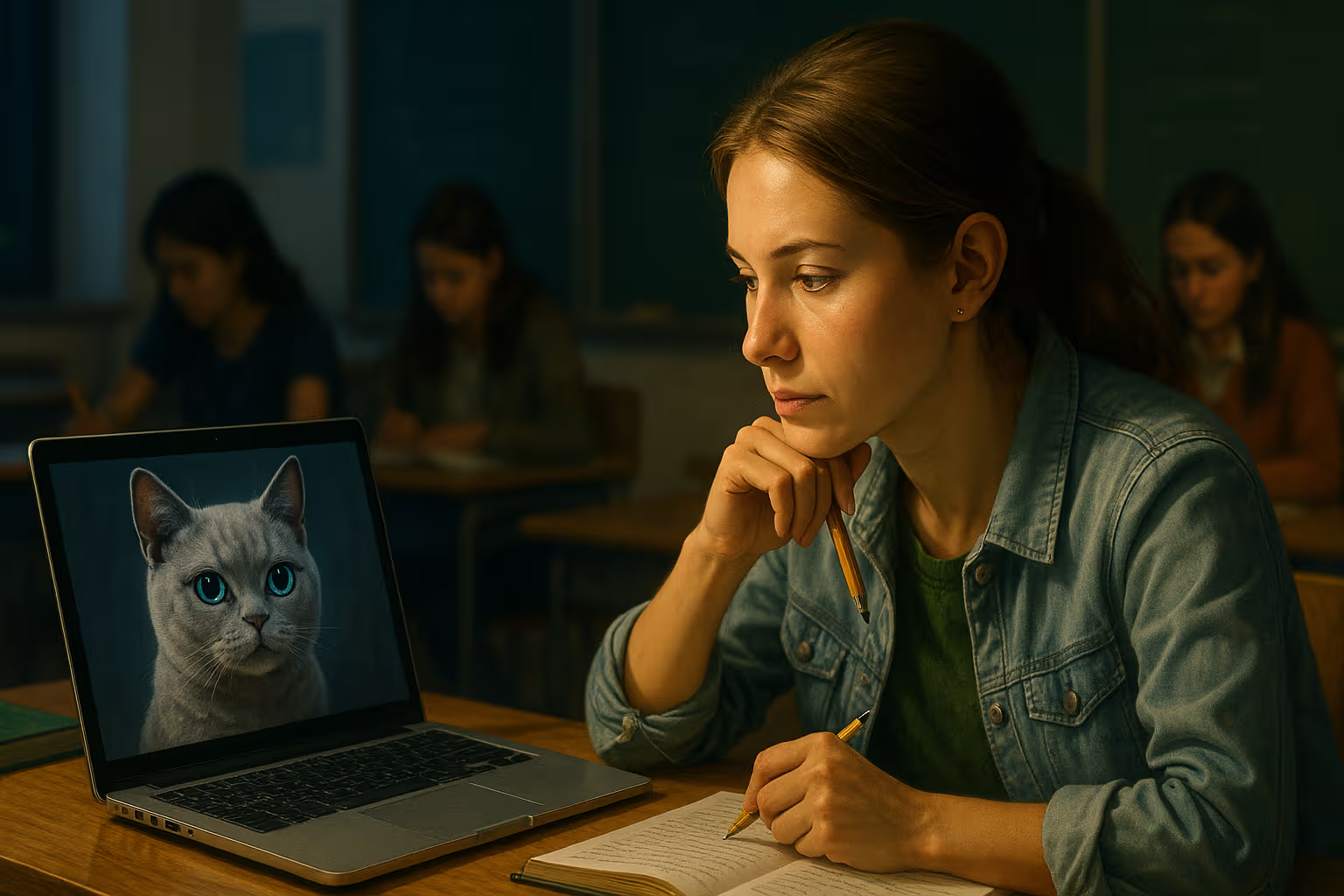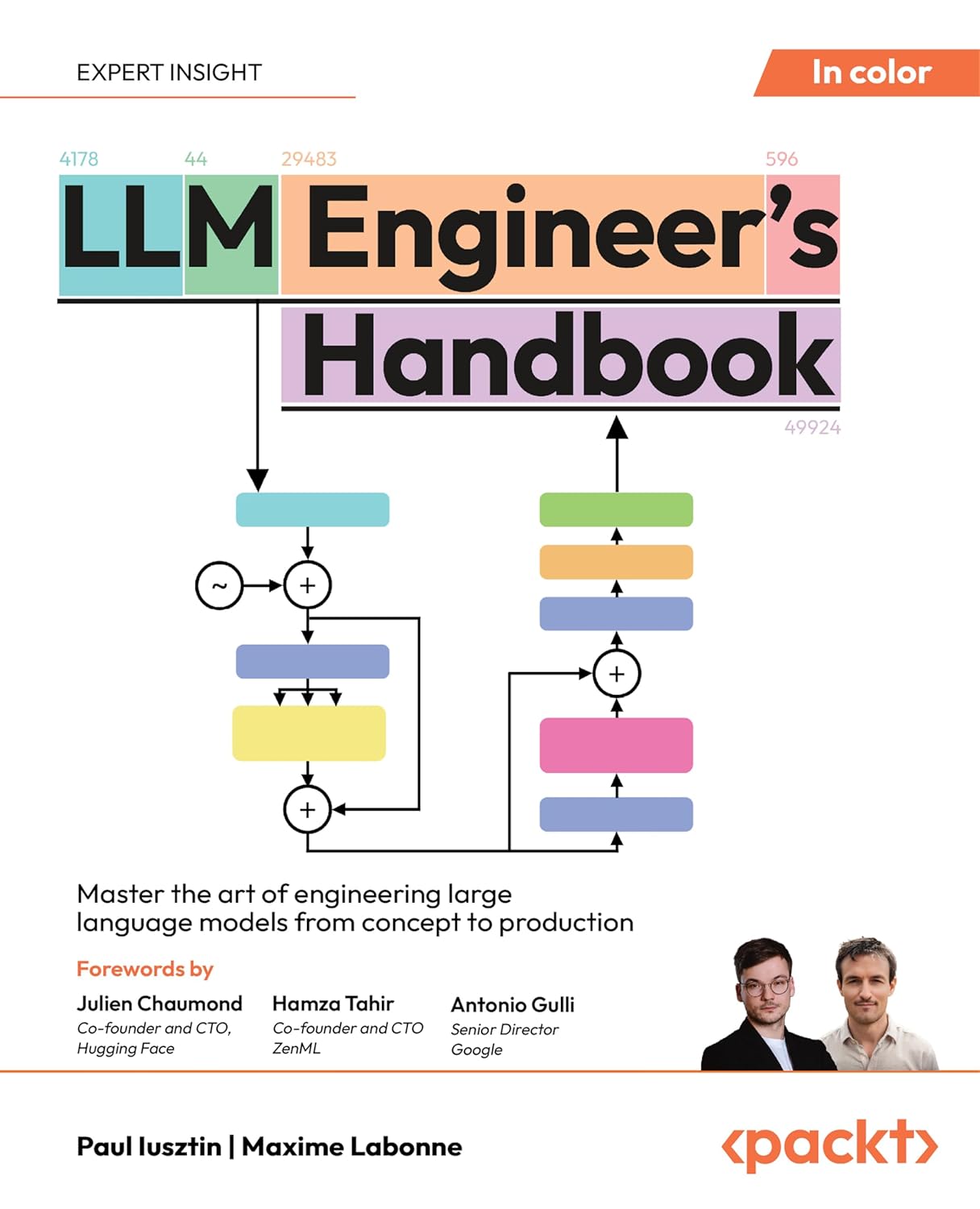
How Teachers Use ChatGPT – A Review of 'AI for Teachers' Trends and Their Impact on Education
The quiet revolution in classrooms
Something curious happened in classrooms worldwide after ChatGPT’s debut. It didn’t roar in like an educational disruptor. It padded in quietly—more like a cat sneaking into the teacher’s lounge, curling up on a stack of ungraded essays, and refusing to leave.
At first, teachers experimented in private. They’d ask ChatGPT to draft a quiz, outline a lesson, or rephrase a tricky paragraph for non-native speakers. What started as a convenience quickly turned into a habit—and now, a new layer of pedagogy.
A new kind of teacher’s aide
Unlike the calculators of the past, AI tools like ChatGPT don’t just solve problems; they talk about them. Teachers discovered this dialogue to be transformative. Instead of copy-pasting answers, they now iterate with AI—refining lesson ideas, generating classroom discussion prompts, and designing adaptive learning paths.
[In the Czech Republic], educators began using ChatGPT for bilingual teaching assistance, letting it explain vocabulary nuances and cultural references in real time. In South Korea, teachers trained it to write feedback in respectful honorifics. Across the U.S., it’s crafting differentiated reading exercises for mixed-level classrooms.
From automation to augmentation
Teachers never wanted automation that replaced them. They wanted augmentation that amplified their craft. AI, used wisely, feels like that. It handles administrative noise—drafting rubrics, rewriting objectives to fit curriculum standards, even summarizing meeting notes—so humans can focus on the spark: that subtle moment when a student finally gets it.
Of course, this raises old fears in new packaging: if ChatGPT can explain, assess, and generate feedback, what’s left for teachers to do? The answer is everything that makes them irreplaceable—mentorship, judgment, empathy, humor, and the ability to sense confusion before it surfaces.
How we evaluated the trend
To write this review, I spent weeks reading case studies from the OECD, UNESCO, EdTech reports, and hundreds of teacher forums. I spoke with instructors who teach history, science, and special education across continents.
Their pattern was consistent: teachers who benefited most from ChatGPT weren’t tech experts. They were curious generalists who treated AI as a thinking companion. They didn’t delegate learning design—they co-designed it.
I also tested ChatGPT for typical classroom use cases: generating writing prompts, summarizing dense academic papers, and translating complex topics into accessible language. I measured output quality, time saved, and emotional response from the teachers testing alongside me.
Real classrooms, real workflows
One London English teacher described using ChatGPT as “having a colleague who never gets tired.” She’d feed the AI short passages from Shakespeare and ask for alternative summaries tuned to different reading levels.
In a Singapore high school, a math teacher used ChatGPT to create contextualized word problems—“If a student travels by MRT from Jurong to Raffles Place…”—that made algebra suddenly relatable.
In rural Canada, teachers used it offline to design personalized study plans for students with learning differences. When I asked one of them what changed most, she smiled: “My evenings.”
The human-AI classroom dynamic
Students, surprisingly, don’t see ChatGPT as a threat to teachers. They see it as a shared tool—like a whiteboard that can talk back. This shift is subtle but profound: authority in classrooms is no longer vertical. It’s conversational.
Teachers who embrace this dynamic don’t lose control; they gain collaboration. Instead of dictating knowledge, they guide exploration. Lessons turn into dialogue trees rather than lecture slides.
A lilac British Shorthair cat (mine, observing from the corner) would probably approve. She has no interest in hierarchy, only curiosity—and that’s exactly what AI invites back into education.
What teachers actually ask ChatGPT
The data from recent educational studies paints a vivid picture. Over 70% of teachers surveyed in Europe have used ChatGPT for at least one teaching-related task. Their top prompts include:
- “Create a quiz for middle school biology.”
- “Explain this topic like I’m 10 years old.”
- “Write feedback that encourages without discouraging.”
- “Generate analogies for explaining fractions.”
Each of these examples reflects a deeper skill: prompt literacy. The art of asking clear, pedagogically sound questions that yield useful answers. Prompting isn’t typing—it’s teaching.
The ethics and risks
AI in education isn’t without tension. Privacy, bias, and plagiarism lurk like uninvited guests. Teachers who rely too heavily on ChatGPT risk importing hidden biases or misrepresenting nuance.
Students may become passive if they perceive AI as an oracle. The trick lies in transparency: using AI visibly, not secretly. Many successful educators project ChatGPT on the classroom screen, narrating their reasoning aloud—showing students how to challenge the AI’s suggestions.
That act transforms technology into pedagogy. It teaches meta-cognition: how to think about thinking.
Teachers vs. tutors vs. transformers
In 2025, we’re past the novelty phase. “AI for teachers” has matured into three distinct approaches:
- AI as a Tutor – personalized, one-on-one explanation engines (ChatGPT, Claude, or Gemini) helping with micro-learning tasks.
- AI as a Co-designer – teachers co-create curriculum materials, rubrics, and differentiated activities.
- AI as a Transformer – institutions integrating AI into entire ecosystems: grading pipelines, LMS analytics, and adaptive assessment engines.
The future belongs to the teachers who blend all three—those who can move from chat windows to system thinking.
Subtle skills for the AI classroom
Let’s pause the hype and talk skill sets. Using ChatGPT effectively requires:
- Critical reading: interpreting what the AI means, not just what it says.
- Pedagogical prompting: asking questions rooted in learning objectives.
- Reflection loops: comparing AI-generated outcomes with student performance data.
- Ethical framing: teaching students why AI might be wrong.
The best educators now treat every AI interaction as a live lab for reasoning. It’s not about replacing teachers with algorithms—it’s about raising teachers who think algorithmically without losing their humanity.
Case study: Finland’s curriculum experiments
In Finland, where educational innovation is practically a national sport, entire schools are experimenting with AI-integrated lesson planning. Teachers co-develop assignments where ChatGPT suggests examples, but students critique them.
It’s deliberate: the AI’s imperfections become teaching material. Instead of fearing hallucinations, teachers use them to discuss misinformation and bias.
One headteacher told me, “ChatGPT became our Socrates—it asks too much, too well.”
Workflow in motion
Here’s what an optimized “AI-for-teachers” workflow looks like:
flowchart LR
A[Teacher defines goal] --> B[ChatGPT generates draft lesson]
B --> C[Teacher refines context & tone]
C --> D[ChatGPT adapts difficulty per student group]
D --> E[Teacher reviews, edits, validates sources]
E --> F[Students engage & co-evaluate]
F --> G[Feedback loop to teacher for next iteration]Every arrow represents an opportunity to teach thinking, not just content.
Generative Engine Optimization
We’ve reached a curious point in educational AI: search engines are no longer the gatekeepers of knowledge—generative engines are. That shift demands a new literacy, not only for students but also for teachers.
“Generative Engine Optimization” (GEO) means structuring prompts, tasks, and classroom activities so that AI-generated responses align with pedagogical intent. Teachers practicing GEO know how to phrase context, constrain format, and guide tone.
For instance, instead of typing “Explain climate change,” they ask “Summarize the main climate drivers for 14-year-olds in two paragraphs, using a hopeful tone and one everyday analogy.” That’s optimization for comprehension, not clicks.
In essence, GEO is the SEO of the AI classroom. And yes, the cat approves—she always optimizes for purring engagement.
Beyond efficiency: empathy
Efficiency isn’t education’s endgame. Teachers aren’t just transmitters of information—they’re translators of emotion. ChatGPT can mimic empathy, but it doesn’t feel it. Teachers who integrate AI well use it to save time, not connection.
One elementary teacher told me, “AI gives me back 20 minutes per lesson. I spend them listening.” That’s the revolution we should care about.
Institutional resistance and adaptation
Not all schools are on board. Some block ChatGPT entirely, fearing plagiarism or data leakage. But blocking innovation rarely stops curiosity. Students use it anyway, often through VPNs or mobile apps.
Forward-looking institutions respond differently—they build AI literacy programs, train staff, and draft clear ethical policies. They teach how to use AI responsibly, instead of pretending it doesn’t exist.
Universities like Oxford, MIT, and Charles University now include “AI collaboration” in their pedagogy modules. That’s how norms evolve: not by banning tools, but by modeling wisdom.
The hidden curriculum
Perhaps the most overlooked impact of ChatGPT on education isn’t in lesson plans—it’s in mindset. When teachers model curiosity, humility, and adaptation through AI, students absorb it subconsciously.
They learn that intelligence isn’t static, creativity isn’t linear, and that asking good questions matters more than having perfect answers. That’s the hidden curriculum of the AI era.
The cat’s verdict
As I finished this review, my lilac cat jumped onto the desk, tail brushing across the keyboard. Maybe she sensed something profound—or maybe she just wanted attention. Either way, she reminded me what teachers already know: learning is relational, unpredictable, alive.
ChatGPT may automate parts of teaching, but it can’t replicate presence. It’s a tool for better listening, not louder lecturing.
Final reflections
AI’s arrival in education isn’t a storm to survive—it’s a climate to adapt to. Teachers who treat it as a companion, not competition, are already redefining the profession.
The next generation won’t remember classrooms without AI. What they will remember is how their teachers used it—with creativity, care, and the occasional cat watching from the corner.











